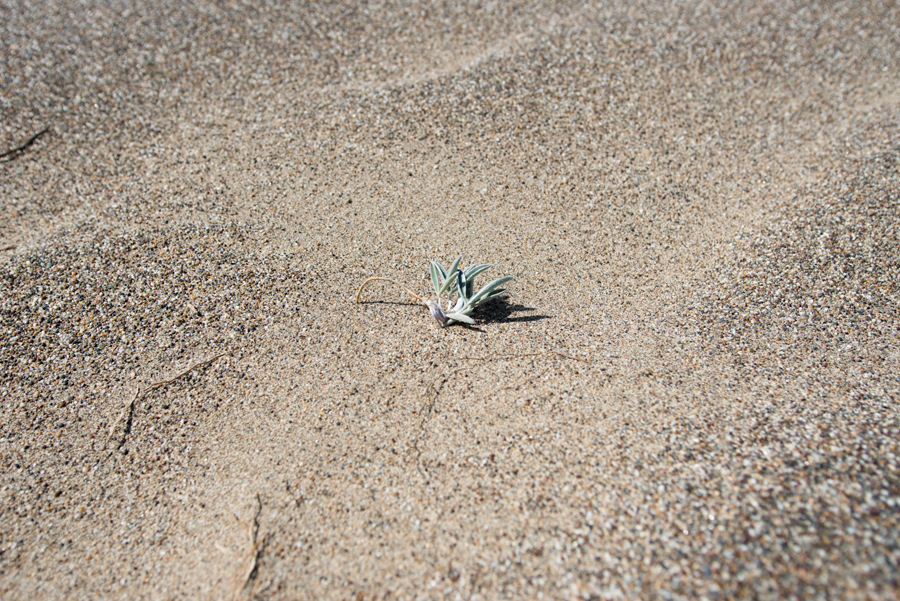Out past where the sedges and bunchgrass near Abbott’s Lagoon give way to rolling dunes, endangered plants like the Tidestrom’s Lupine have . . .
Vanishing landscapes, captured in art


Out past where the sedges and bunchgrass near Abbott’s Lagoon give way to rolling dunes, endangered plants like the Tidestrom’s Lupine have . . .